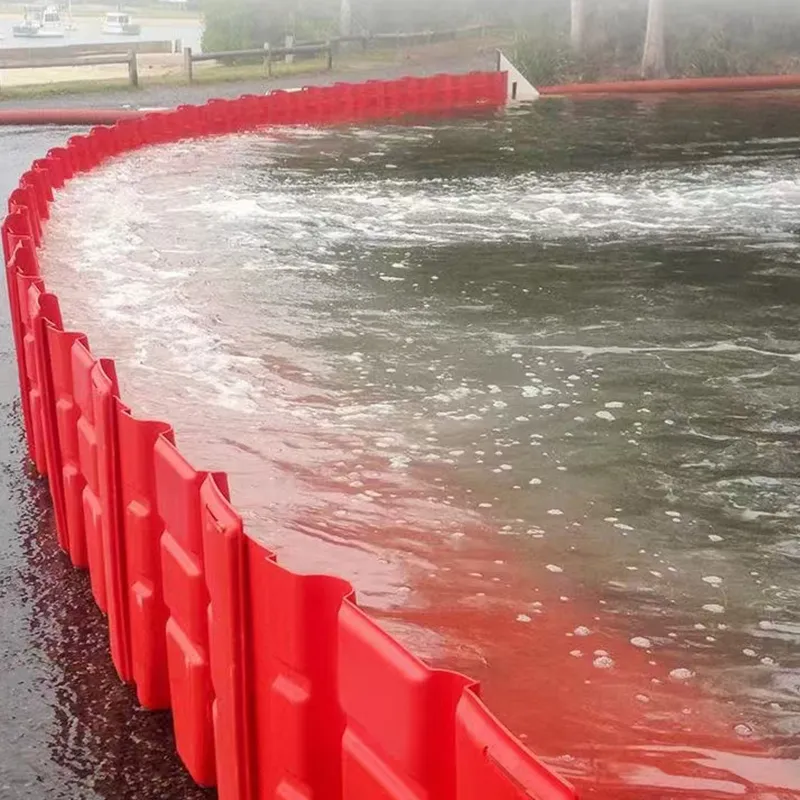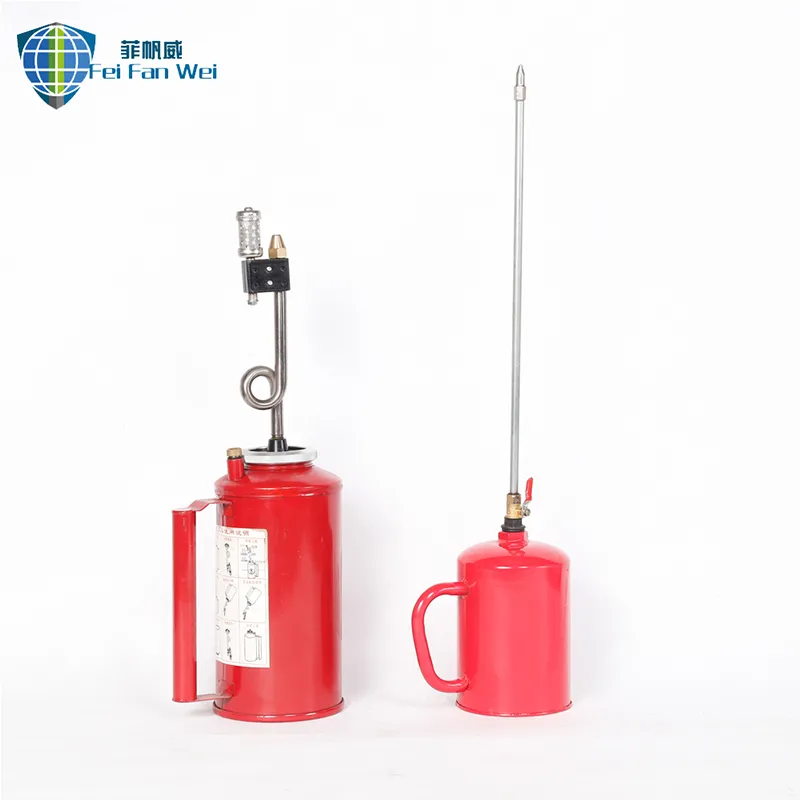

The fabrication and maintenance of these ladders are as important as their deployment. Firefighting ladders are typically made from robust materials such as aluminum and fiberglass, ensuring durability and resistance to the harsh environments faced during firefighting missions. Their construction must conform to stringent standards that prioritize safety and performance. Regular maintenance and inspection are imperative to ensure the reliability of these ladders, preventing catastrophic failures during critical operations. The role of digital technology in ladder innovation is beginning to make waves, with manufacturers integrating sensors and IoT technology to monitor ladder usage and stress levels in real-time. This advancement aids in predictive maintenance, ensuring that equipment remains functional and safe for use. As firefighting techniques evolve, ladder manufacturers continually innovate, developing designs and materials that enhance the functional capabilities and safety features of ladders. To maximize team effectiveness and operational safety, firefighters undergo rigorous training focused on ladder use. Training programs emphasize not only the physical skills required for deployment and maneuvering but also strategic planning. Firefighters are taught to assess the situation and decide which type of ladder to deploy and how best to position it for optimal effectiveness. The principles guiding ladder selection and deployment are grounded in the collective expertise and experience of firefighting professionals. Through decades of accumulated knowledge, these ladders are designed with inputs from seasoned veterans who understand the demands of firefighting firsthand. The development and refinement of ladder technology are driven by committees of experienced firefighters and engineers, ensuring that every tool is optimized for real-world application. Ultimately, the selection of the right type of ladder can spell the difference between a successful operation and a tragic failure. By ensuring that firefighters have access to a spectrum of ladder types, each meticulously crafted and rigorously tested, fire departments can uphold the highest standards of firefighting excellence. This holistic approach, combining technical innovation with deep-seated expertise, is what defines the modern firefighting ladder landscape, safeguarding lives and property with every operation.





















